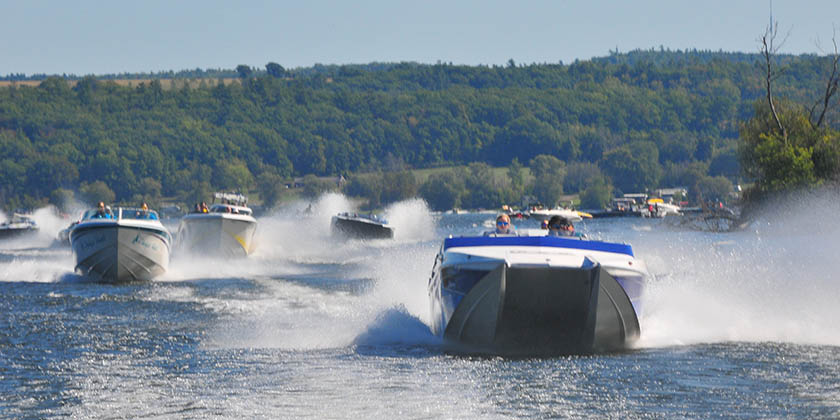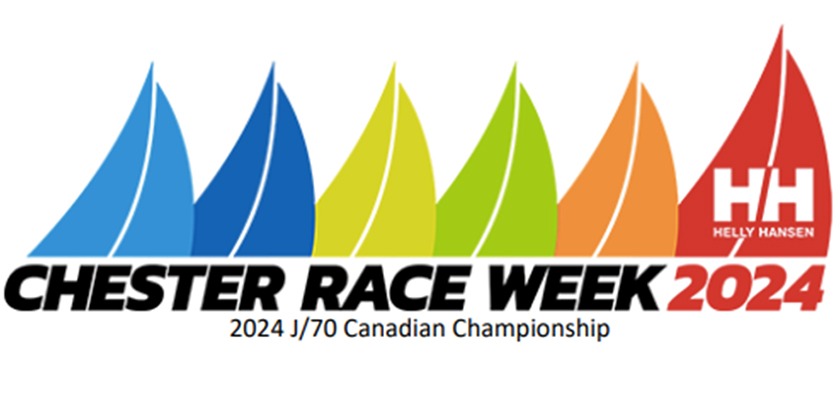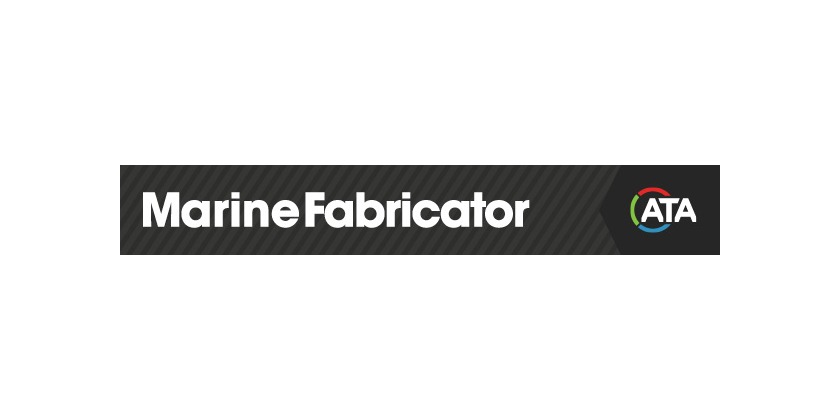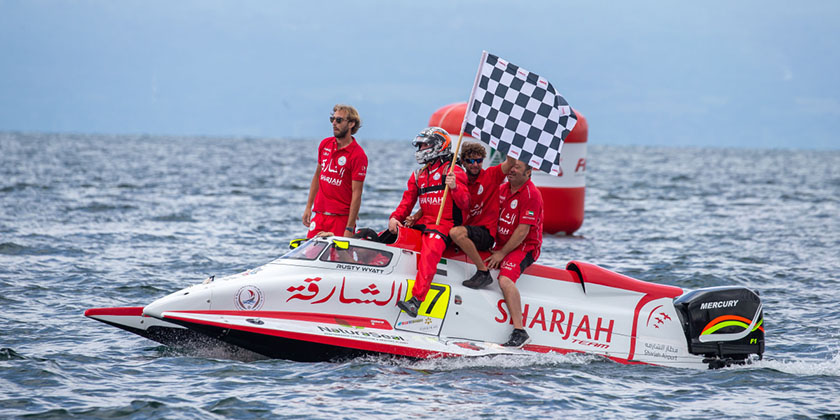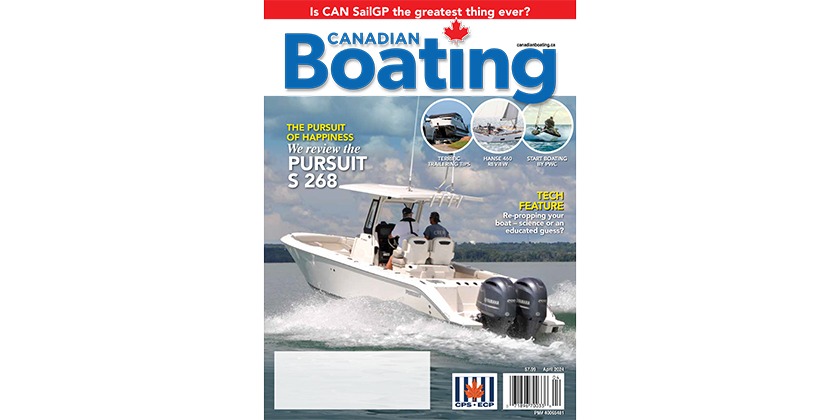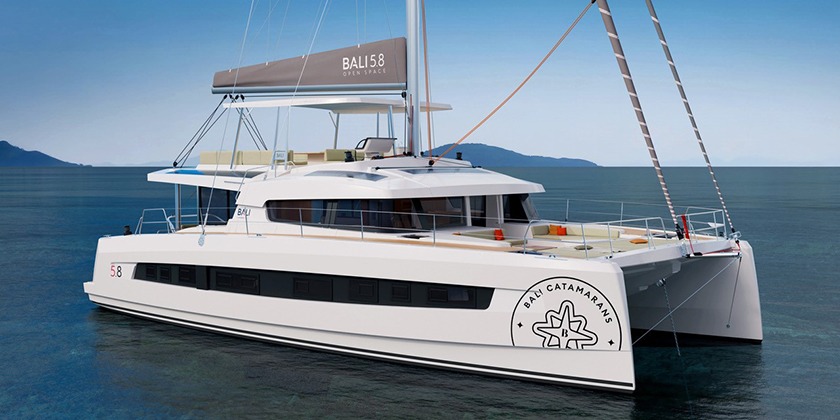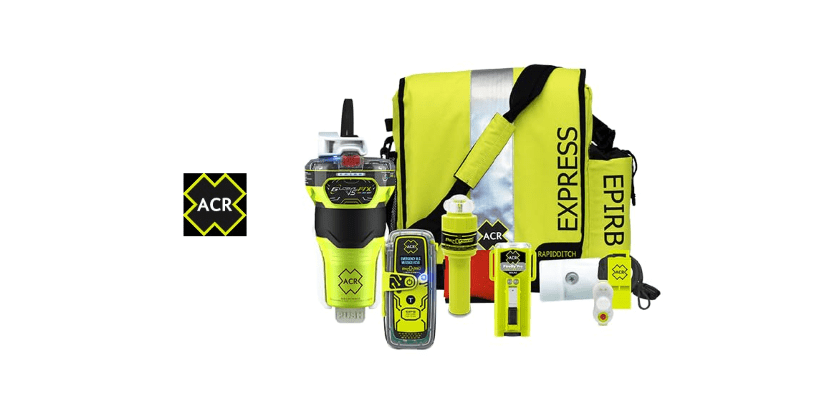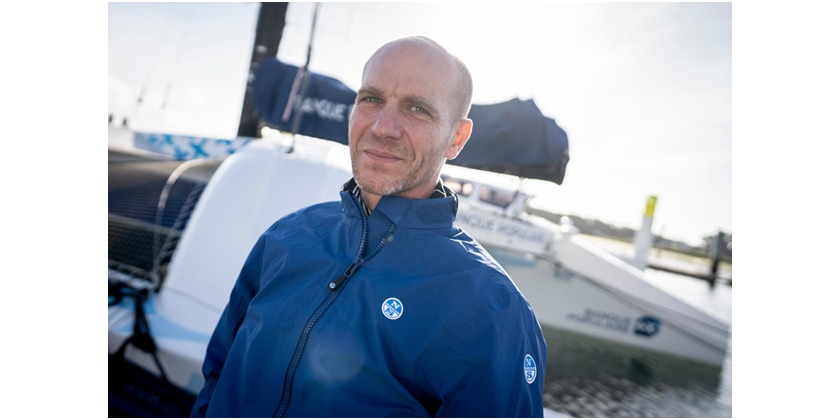Government of Canada Introduces Navigation Law Amendments
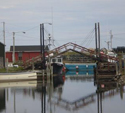
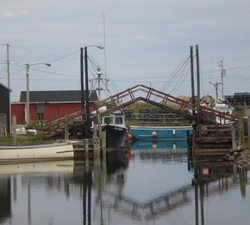 The Honourable Denis Lebel, Minister of Transport, Infrastructure and Communities and the Minister of the Economic Development Agency of Canada for the Regions of Quebec, announced on Friday October 19th, the introduction of amendments to the Navigable Waters Protection Act. The Act allows for the building of bridges and other works that might interfere with navigation.
The Honourable Denis Lebel, Minister of Transport, Infrastructure and Communities and the Minister of the Economic Development Agency of Canada for the Regions of Quebec, announced on Friday October 19th, the introduction of amendments to the Navigable Waters Protection Act. The Act allows for the building of bridges and other works that might interfere with navigation.
From the day it was enacted in 1882, the intent of the Navigable Waters Protection Act has been the safe and efficient movement of marine traffic.
The law ensures that boats and bridges can co-exist by regulating the extent to which bridges and shoreline construction can get in the way of ship and boat traffic. For example, without approval under the Act, a court could order a local council to remove a bridge if it was seen to be blocking navigation.
To allow for important infrastructure to be built on waterways, the Act provides a process that allows it to be built lawfully. However, the current Act requires that every project on a waterway in Canada receive the approval of the federal government, which creates significant delays and unnecessary red tape for cities and communities across Canada.
"For years, provincial, territorial and municipal governments have asked us to make it easier for communities to build important infrastructure like roads, bridges and wharfs that create jobs," said Minister Lebel. "The new Navigation Protection Act will cut through the red tape that slows down bridge work and respect navigation rights to keep Canadians moving."
The proposed amendments will:
change the name of this law to the Navigation Protection Act to reflect its historic intent;
clearly list the major waterways for which regulatory approval is required prior to the placement or construction of a works;
allow proponents of works in unlisted waters to opt-in and seek approval of their proposed work to give them additional legal certainty by allowing them to choose; and
expand the list of low risk works (like minor repairs on bridges) that can be pre-approved because they pose very little impact on safe navigation.
"The current Act has created a bureaucratic black hole holding up simple projects like municipal infrastructure and small recreational docks that do not actually interfere with navigation," stated Minister Lebel. "Our government has been clear that it is focused on jobs, growth and prosperity. Under our plan, small projects, with minor or no impact on navigation, could proceed without pages and pages of paperwork, allowing us to focus on projects that impact the Canadian economy."
Transport Canada consulted over the summer with the provinces and territories before introducing these amendments before Parliament. Technical briefings will be held through the fall with industry and Aboriginal groups, and other interested parties.
The Navigable Waters Protection Act (NWPA) is one of Canada's oldest pieces of legislation, dating from 1882 at a time when our waterways were Canada's primary transportation routes. Originally called An Act respecting Bridges Over Navigable Waters Constructed Under the Authority of Provincial Acts its main purpose was then, and is still, to make legal the construction of works such as bridges and docks in waterways that might otherwise violate the common law right of navigation.

